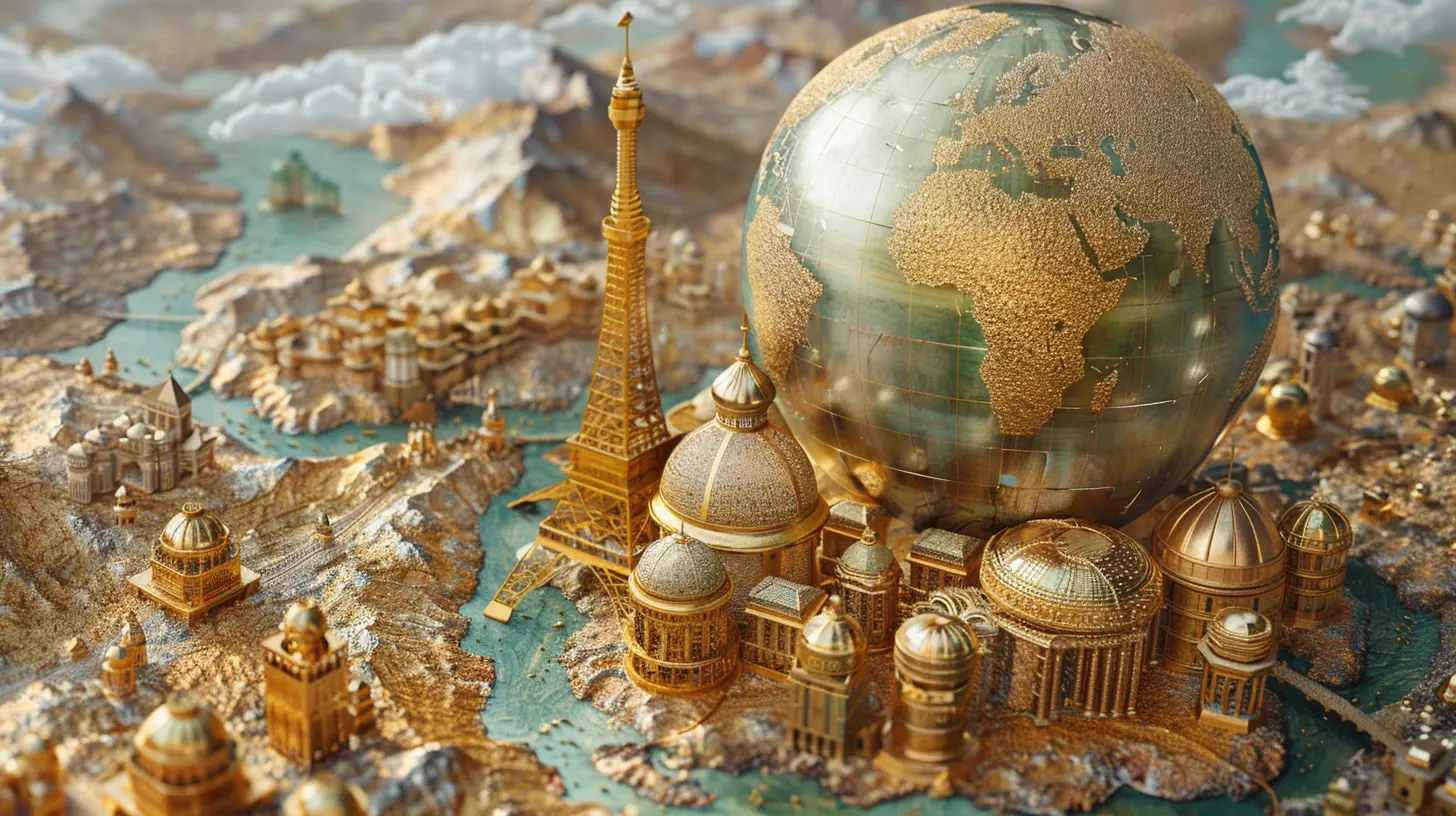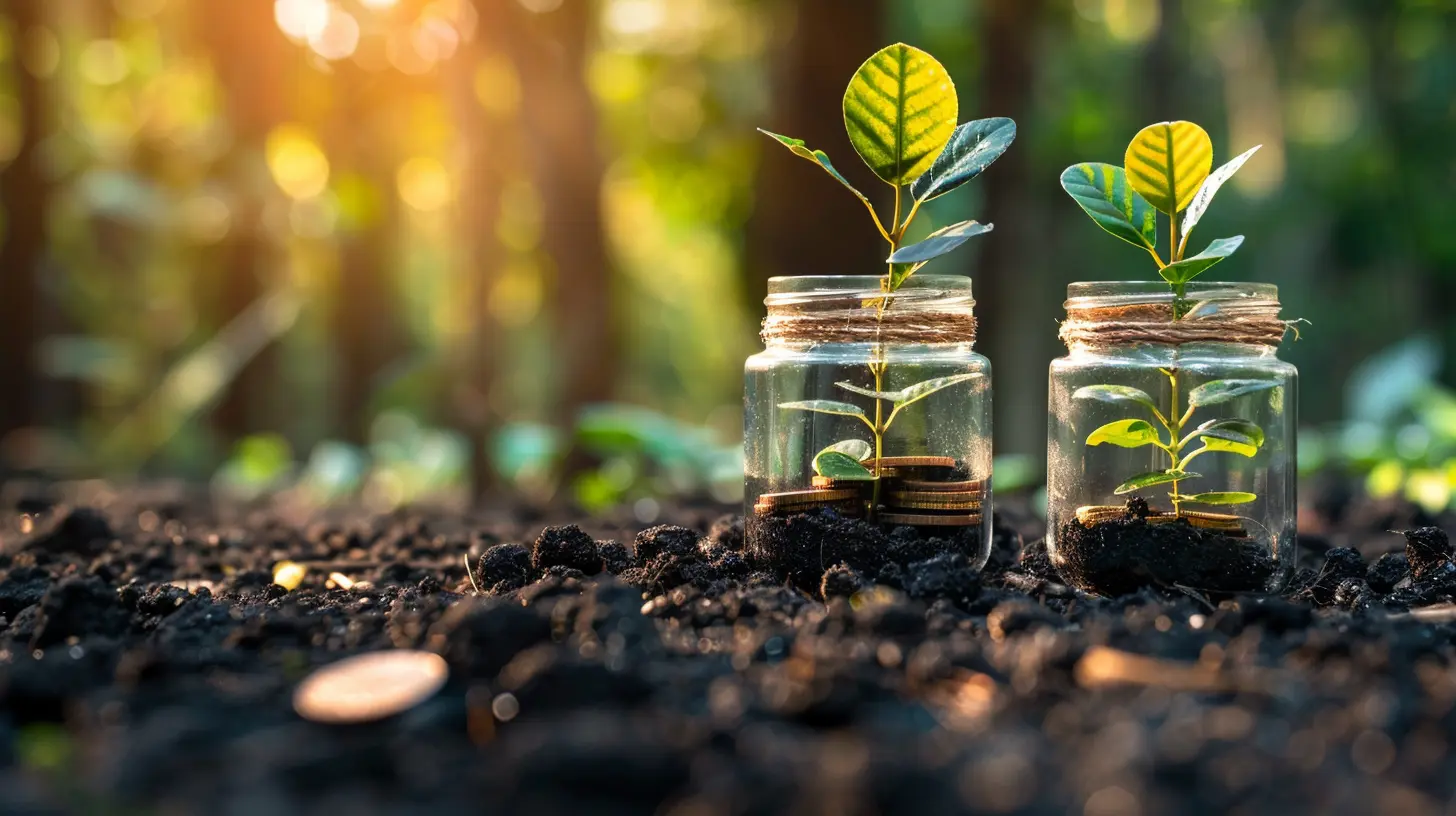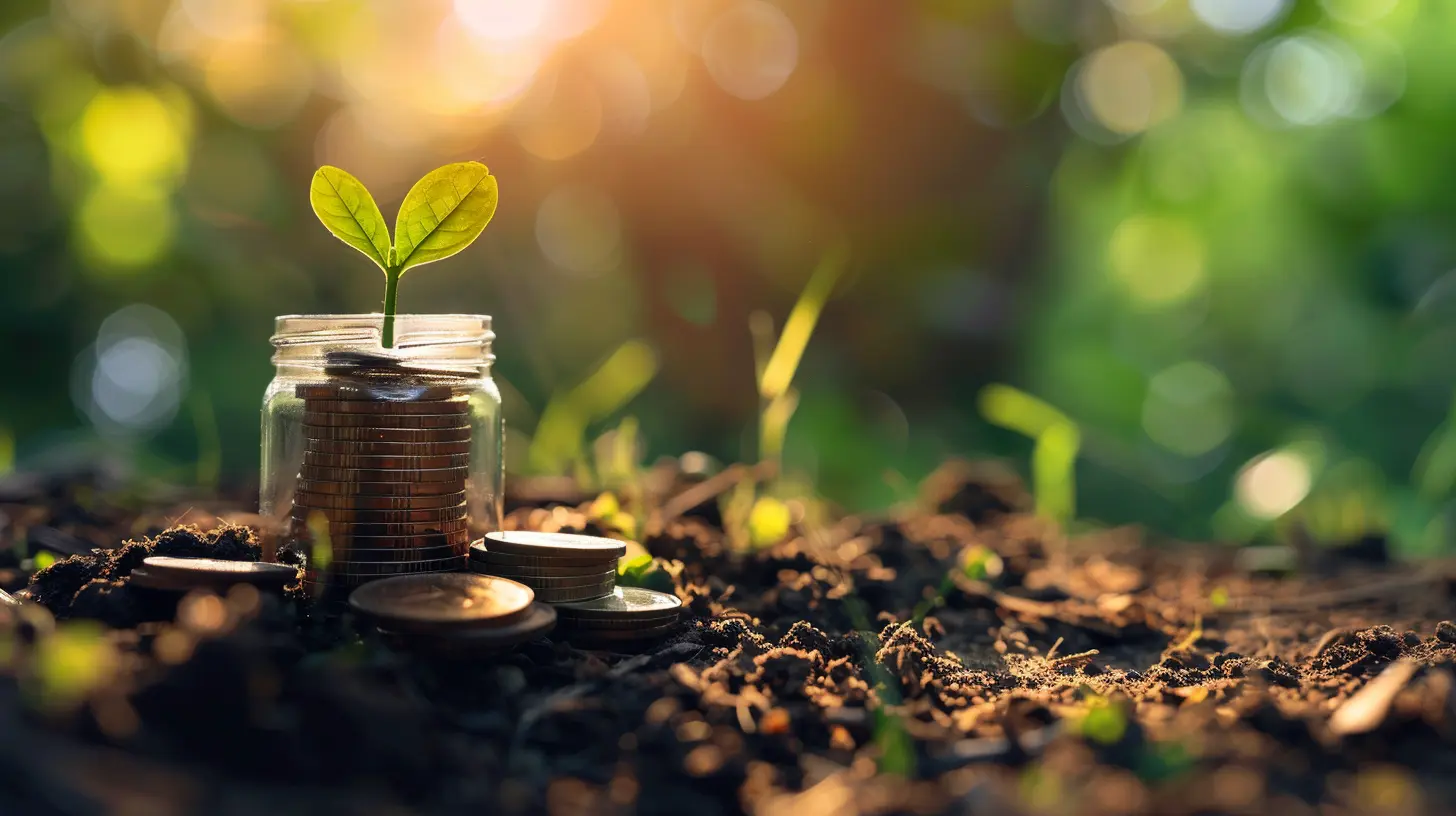Protecting Wealth with Global Diversification
10 August 2025
When it comes to building and preserving wealth, there’s one word that should be etched into every investor’s playbook: diversification. You've probably heard the phrase “don’t put all your eggs in one basket” more times than you can count — and for good reason. But what if the basket isn’t just your investment portfolio, but your whole country? That’s where _global diversification_ enters the chat.
In this article, we’re diving headfirst into the concept of protecting your wealth by spreading it across borders. You’ll learn what global diversification actually means, why it’s practically a must-do in today’s unpredictable world, and how you can start implementing this strategy even if you’re not a globe-trotting millionaire.
What Is Global Diversification?
Let’s start with the basics before we break down the strategy. Global diversification simply means investing your assets across multiple countries and markets — not just locally. Instead of putting everything into your home country's stock market, real estate, or currency, you spread your investments internationally.Think of it like a financial passport. You're not just tied to one economy; you're tapping into the entire global system. If one country’s economy takes a nosedive (hello, recessions), your entire portfolio doesn’t go down with it. That’s the protective armor global diversification offers.
Why Should You Care About Global Diversification?
You might be wondering, “Isn’t investing at home safer and easier?” Sure, it feels comfy — you know the language, the financial rules, and the markets. But here’s the truth: being home-biased could be the biggest risk of all.Let’s break down the key reasons why global diversification matters:
1. Economic Cycles Aren’t Synchronized
Different countries have different economic lifecycles. While your country might be going through a slowdown, another could be booming. Global diversification lets you ride the wave of growth wherever it’s happening.2. Currency Volatility Works Both Ways
Currencies rise and fall based on a laundry list of reasons — politics, inflation, central bank policies. If all your assets are tied to your home currency, any depreciation can eat into your net worth. Diversifying abroad shields you from that risk.3. Political and Regulatory Risks
Let’s not kid ourselves — governments can be unpredictable. Tax laws shift, policies change, sometimes overnight. By having assets overseas, you’re not at the mercy of one political system.4. Access to Emerging Markets
Some of the fastest-growing companies aren’t in New York or London — they might be in places like India, Brazil, or Vietnam. Global investing gives you access to these high-growth arenas.
Types of Global Diversification
Now that you’re on board with the “why,” let’s cover the “how.” There are several ways to diversify globally, and not all require you to open bank accounts on every continent.1. International Stocks
This is the easiest entry point. Think mutual funds or ETFs (Exchange-Traded Funds) that focus on international markets. You can target regions — like Asia or Europe — or go truly global with world index funds.- Example: Vanguard Total International Stock ETF (VXUS)
- Benefit: Easy to invest in via standard brokerage accounts
2. Foreign Real Estate
Buying property abroad not only diversifies your assets but can also offer a passive income stream. Plus, in some countries, real estate comes with tax incentives or even residency options.- Consider countries like Portugal, Panama, or Thailand
- Be aware of local laws, taxes, and maintenance logistics
3. Precious Metals and Commodities
Gold, silver, oil — these aren’t tied to any country, which makes them ideal for diversification. When political or financial crises hit, commodities often hold (or gain) value.4. Offshore Bank Accounts
These used to be seen as tools for the ultra-wealthy or James Bond villains. But in reality, they’re just another layer of diversification. Countries like Switzerland, Singapore, and the Cayman Islands are common choices for stability and privacy.5. Cryptocurrency
Digital currencies like Bitcoin and Ethereum aren’t tied to any government. While volatile, they offer a unique diversification strategy that sidesteps traditional financial systems.> Pro Tip: Don’t throw all your money into crypto in the hopes of overnight riches. Think of it as a side dish, not the main course.
Risks of Global Diversification (and How to Manage Them)
Let’s keep it real. Like any investment strategy, global diversification isn’t bulletproof. But knowing the risks helps you handle them wisely.Currency Risk
Fluctuations in foreign exchange rates can either work for or against you. One way to hedge? Invest in funds that are currency-hedged, which means they’re designed to neutralize those fluctuations.Political Instability
Not every country is politically stable. Before investing anywhere, do your homework. Check out the country’s rule of law, political climate, and investor protections.Complexity
Investing internationally can be more complicated — double taxation treaties, foreign investment rules, reporting compliance (we’re looking at you, IRS). A qualified tax advisor or financial planner can help you navigate the maze.Building a Globally Diversified Portfolio Step-by-Step
Feeling overwhelmed? Don’t! Let’s break it down into simple, actionable steps:Step 1: Evaluate Your Current Asset Allocation
How much of your portfolio is invested outside your home country? If it’s less than 20%, it’s time to think bigger.Step 2: Start with Global ETFs
These offer instant exposure to hundreds (or even thousands) of international stocks, all with a single fund. Look for low-fee options with good liquidity.Step 3: Consider Real-World Assets
If you travel or do business abroad, explore real estate or business investments in those regions. This provides both income and a hedge against local economic downturns.Step 4: Explore Offshore and Alternative Investments
Look into opening foreign accounts or investing in alternative assets like gold or crypto. Start small until you understand the nuances.Step 5: Rebalance Regularly
Markets change. What was a 50/50 split between domestic and international might shift without you realizing. Schedule quarterly or annual portfolio reviews and adjust as needed.Real-Life Examples That Make the Case Crystal Clear
Let’s use a few scenarios to put this in perspective.Case 1: The 2008 Financial Crisis
The U.S. market tanked, but investors with holdings in gold or in countries like Australia or Canada fared much better. Global diversification acted like a financial lifeboat.Case 2: Venezuela’s Economic Collapse
Imagine having all your assets in Venezuela during its hyperinflation era. People lost savings, retirement funds, everything. Those who had accounts or assets abroad managed to preserve their wealth.Case 3: COVID-19 Pandemic
Different countries reopened at different paces. Some economies bounced back faster than others. Investors with exposure to Asia and tech-heavy global firms saw gains even while local markets lagged.When Is the Best Time to Diversify Globally?
Spoiler alert — the best time to diversify was yesterday. The second-best time? Right now.Waiting for the "perfect" moment often means missing out. Global markets are never perfectly balanced, and there's always some risk. But proactive diversification is like buying insurance — you don’t wait for the flood to get flood insurance, right?
Common Myths About Global Diversification
Let’s bust a few myths while we’re here.“It’s only for the rich.”
Nope. With ETFs and mutual funds, you can invest globally with as little as $100.“It’s too risky.”
Actually, it’s riskier to put all your money in one country or market. Diversification lowers your overall risk.“I don’t know enough about foreign markets.”
That’s what fund managers and advisors are for. You don’t need to be a global economist — just smart enough to spread your risk.The Future of Global Investing: What’s Next?
As the world becomes more interconnected, opportunities for diversification are only growing. You’ll see more investment platforms offering international options, more cross-border financial tools, and maybe even AI-driven global wealth management.What does this mean for you? Basically, the barriers are getting lower and the benefits are increasing. And that’s your cue to start taking advantage of global diversification today.
Final Thoughts
If you’re serious about wealth protection — and I mean truly serious — then global diversification isn’t optional. It's a must. Global diversification is like building a financial moat around your castle. While others panic during local crises, you sleep better knowing you've got a little something tucked away in stable, far-off lands.Start small. Be strategic. Think globally. And remember: the goal isn’t just to grow wealth — it’s to protect it from whatever the world throws your way.
all images in this post were generated using AI tools
Category:
Wealth PreservationAuthor:

Uther Graham
Discussion
rate this article
1 comments
Morgan Snyder
Great insights on global diversification! It's essential for safeguarding wealth in today’s unpredictable markets. Embracing diverse investments can truly enhance financial resilience. Keep up the excellent work!
August 25, 2025 at 3:17 AM

Uther Graham
Thank you for the positive feedback! I’m glad you found the insights valuable for enhancing financial resilience.


